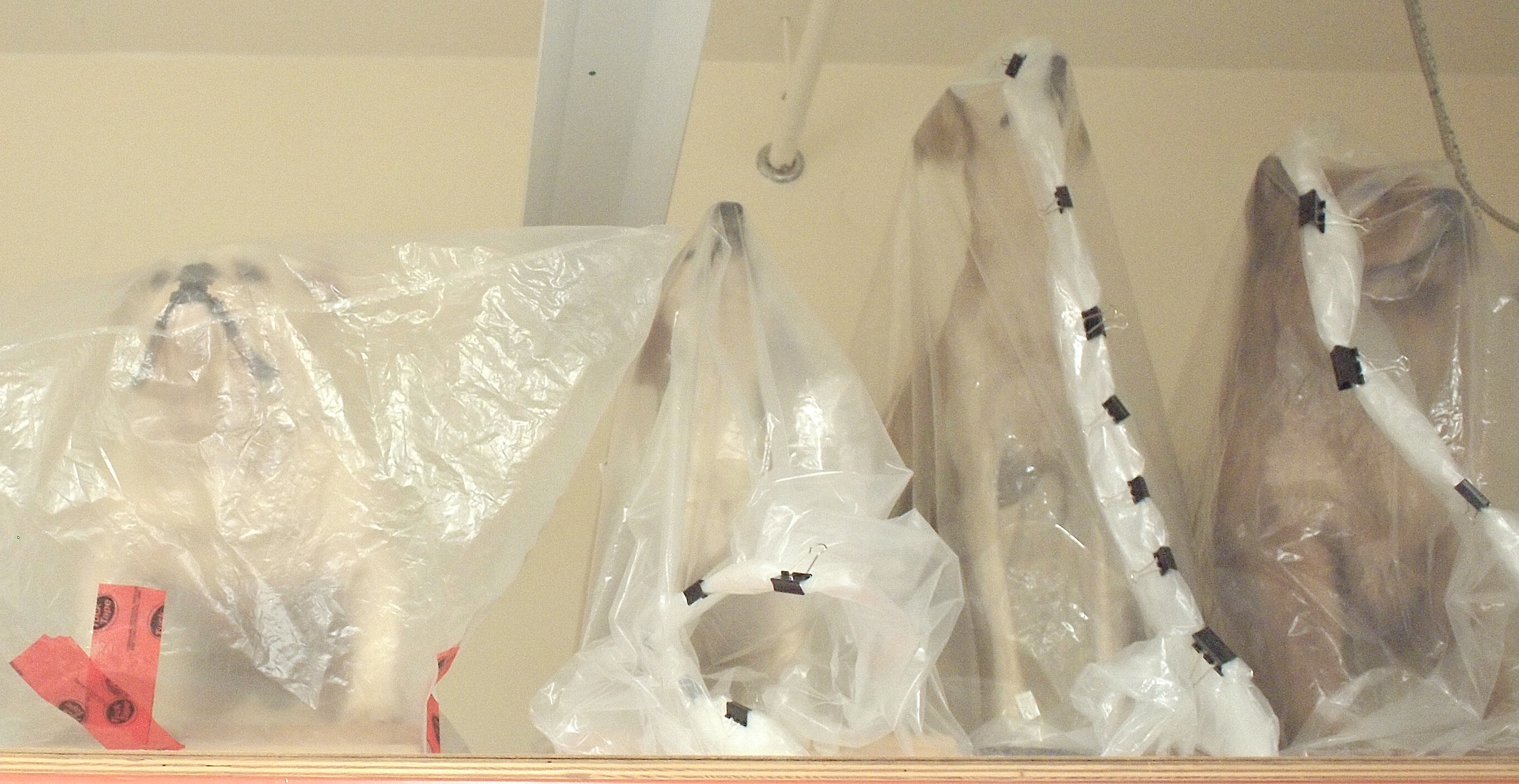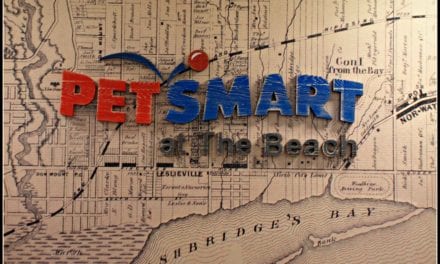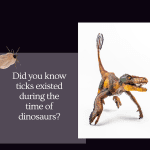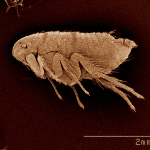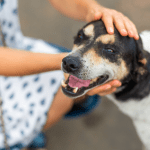In 2011, the ROM granted me the opportunity to film a behind-the-scenes story on the subject of canine taxidermy for an episode of PET FASHION television (the series airs on the specialty Channel The Pet Network with host Kristina Ejem). It was a tour that spanned trends and history on the evolution of breeds and their traits.
Granted access behind the vaulted room at the Royal Ontario Museum, we found the preserved bodies of– no, not aliens! – but dogs. It’s a controlled environment, housing selected mounted canine breeds, and other taxonomical specimens.
Here are some exclusive behind-the-scenes photos of the specimens – including a ‘Best In Show’ winner from the ’30s, a famous mounted English bulldog named Bunjie.
Dr.Judith Eger, Department Deputy Head and Senior Curator of Mammalogy explained how the dogs were acquired and why. It was Toronto vet Dr. J.A. Campbell who encouraged his clients to donate their pure-bred dogs to the ROM when they died. It was a way to build a collection of known pure-dog dogs. They tell the story how ‘plastic’ the genes of dogs (descendants of the Asian wolf) are, and, in particular, illustrate how selection works. Dog breeders select certain characteristics to develop different breeds of dogs, just as nature selects certain characteristics in wild animals.
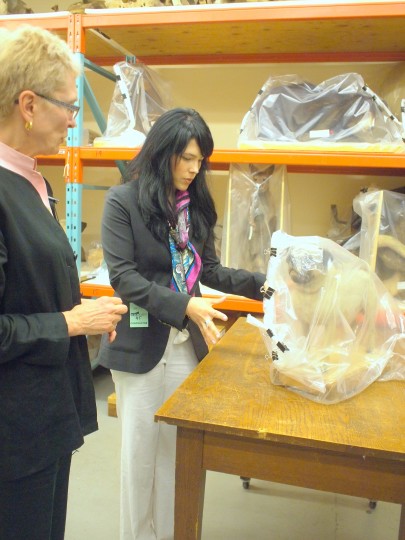
Dr. Judith Eger and Kristina Ejem
Photo: Bianca Kapteyn
The dogs were on display through the ’40s-’50s. By the late ’60s the mounted collection was no longer displayed. The ROM hired Knud Neilson who was recognized as an excellent taxidermist.

Photo: Bianca Kapteyn
Skulls and Skeletons were stored in cabinets during the ‘30s
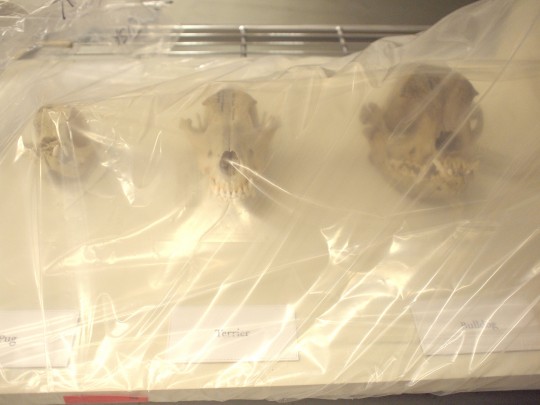
Photo: Bianca Kapteyn
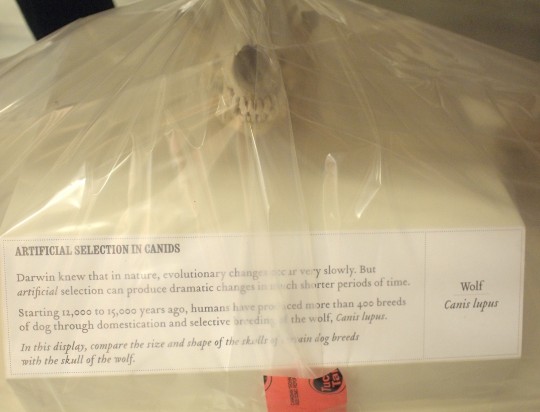
Photo: Bianca Kapteyn
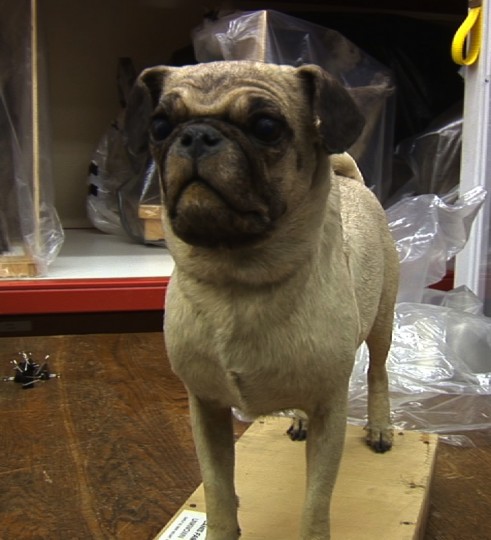
Photo: PET FASHION Television / Bianca Kapteyn

